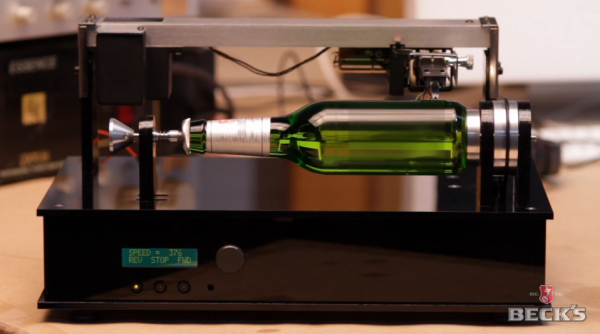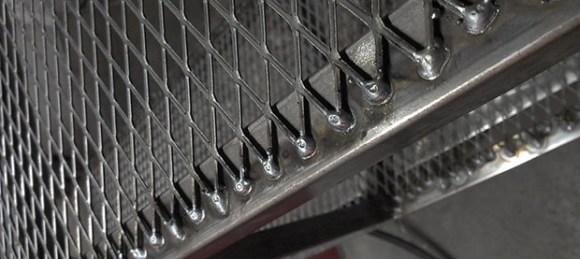After a long day sitting around airports watching one flight after another get cancelled due to the storm in New York, I finally made it. Unfortunately I missed the entire first day, but luckily RedBull put out a recap of Day1. They also have a live feed if you want to check in.
I got a chance to run around this morning and check everything out. The 6 teams are already in the heat of competition, rushing to get their musical instrument built before the time runs out.
I apologize ahead of time for the noise. I don’t have a better microphone for this environment. I’ll do my best to try to pull them into a quieter area if I’m going to talk to them in the future. Also I can now see that the footage is over exposed. I’ll fix that, though you can see the gallery of pictures turned out well.
Continue reading “Hackaday At The Redbull Creation Challenge: The Teams Begin To Build”
















